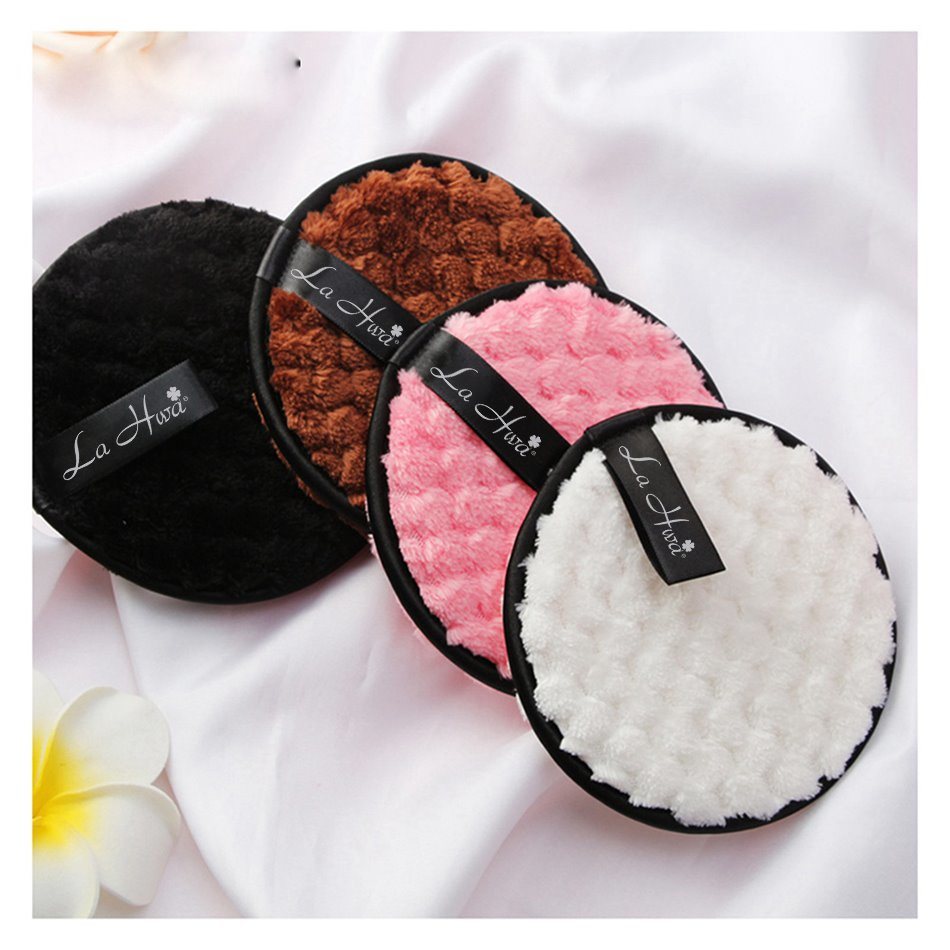Views: 5 Author: Site Editor Publish Time: 2023-05-02 Origin: Site








Homemade cotton pads are easy to make using materials commonly found around the house such as kitchen twine and 100% organic cotton balls. Here are the steps to create your own cotton pads:

Gather Materials: Kitchen Twine, Organic Cotton Balls, Scissors
Cut Cotton Balls in Half: Using sharp scissors, snip open organic cotton balls lengthwise into halves or quarters if needed for smaller sizes. Try keeping consistent sizes and shapes throughout all pieces to achieve even distribution of ingredients during steeping. Save larger pieces as whole or cut in half width-wise for variety in applications later. Set aside in designated containers for later steps. Clean hands after handling cotton to remove fibres.
Thread Through Twine: Picking a single strand of string or thread, loop it several times around the middle section of a cotton ball half (quarter size if made). Pull tight enough to encircle securely, then tie off with double knots twice. Trim tail ends short. Next, do this again by threading another loop next to the previous knot, alternating between top and side portions of the cotton ball half for more space to place skincare essences evenly. Make sure to keep equal distance between strands and not too loose or else cotton pad won't remain securely together when dampened later; adjust spacing accordingly. Adjust until you feel comfortable with the amount of strings wrapped around each piece and continue tying knots. Create many pieces ahead or plan out quantities based on anticipated uses. Set aside in containers to gather for later assembly. Store flat to minimize creases for best appearances after steeping.
Steep Essential Oil Infused Waters: Place sterile glass jars inside large bowls as supportive platforms for mixing purposes. Fill basins almost entirely with purified waters heated to warm temperatures under 80°F, being sure to leave ample room for cotton pieces. Stir occasionally, simmer on low heat sources while covered for no more than three hours total, ensuring contents stay below boiling point. Monitor regularly to allow steam to escape and cool jar bottoms periodically as water expands with addition of oxygen due to the pot lid opening (air vents should be visible if applicable) or microwaving. The air vents allow built-up steam to dissipate safely and protect against bursting glass. This method allows infusion time to occur naturally and encourages absorption of essential oil molecules into liquid. Discard any solids.
Remove Excess Water Residue: Soak finished cotton squares in room temperature distilled water for five minutes to release remaining oils trapped within fibres, rinse repeatedly until only slight wisps float around during agitation. Gently press between fingertips in cupped hands to extract more retained moisture. Hang upside down under ceiling fans or ventilation openings in bathrooms or laundry rooms in mesh bags, spreading apart individual cotton balls somewhat for quicker evaporation. Air dry for two days or until completely dry before storing. Alternatively, wrap in paper towels briefly and pop inside dehumidifying containers or boxes with silica gel packets if lacking patience. Lay flat in well-ventilated drawers or hang inside closed cabinets. Avoid direct sun exposure unless protected or else colours will fade quickly. Let fully evaporate for one hour minimum and assess softness before continuing with final assembly. Return any rejects back to steeping.
Final Assembly: Take all well-dried and prepared cotton squares, separating various size groups for future storage convenience. Choose different glass jars in graduated amounts to fit specific needs. For daily sheet mask routines, select smaller square pieces; allocate larger ones intended for spot treatments. Label all jars prominently, mentioning dates when oiled last. Begin filling wide-necked bottles with chosen hydration methods, distributing evenly between jars. Top them off to capacity, leaving some breathing space, and cover lids loosely for now. Utilize smaller plastic droppers inside each container, pouring liquids slowly and avoiding splashes by tilting jars at shallow angles. Wipe outside spills promptly with dry cloths before setting upright again. Cover entire setups except for the largest primary storage glass containers containing your cotton squares. Loosen caps momentarily every few days to refresh moisture levels as required based on indoor humidity conditions.
Store Properly: Arrange labeled glass cylinders neatly.


